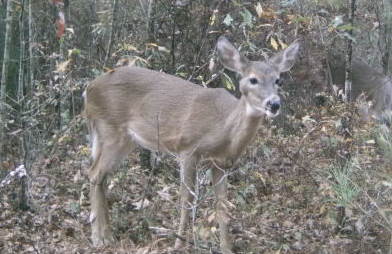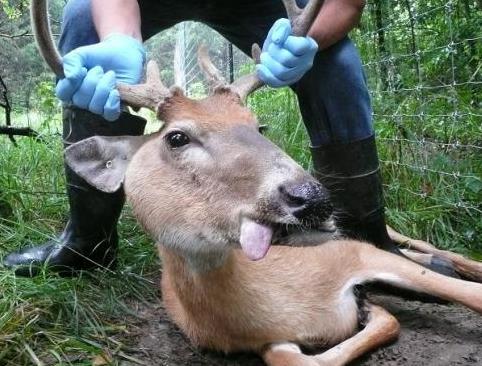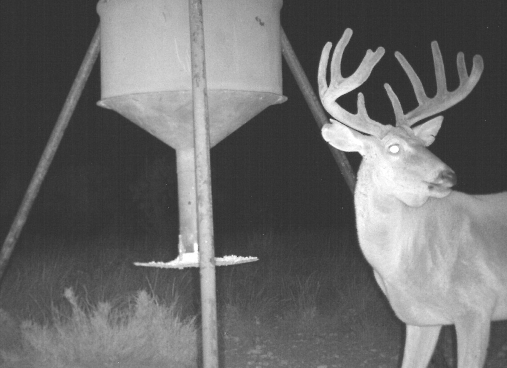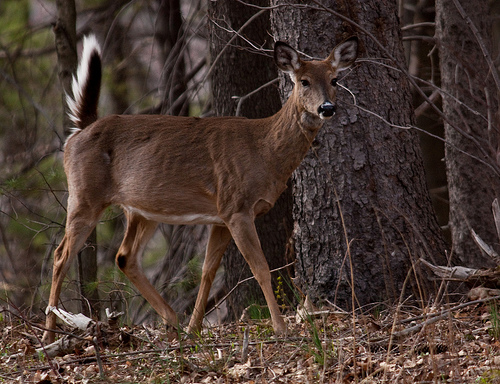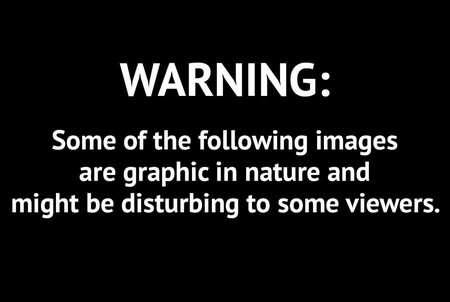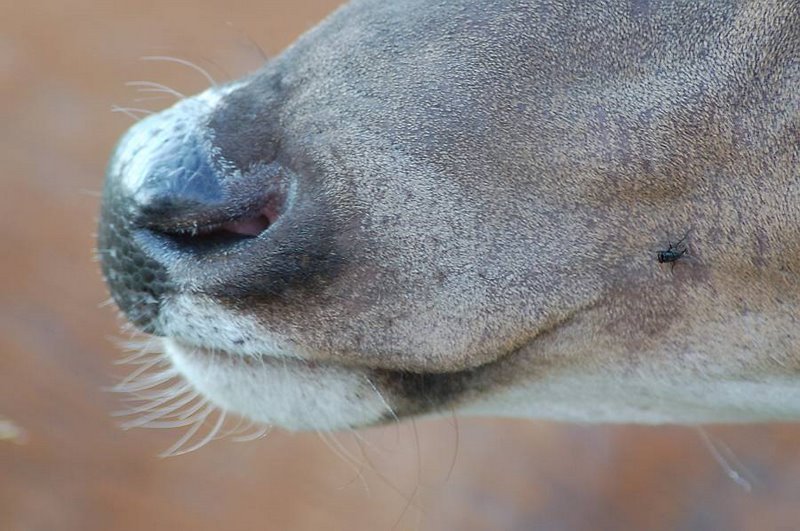Chronic wasting disease (CWD) is basically the “mad cow disease” of elk, mule deer and white-tailed deer. CWD is not new; the deer disease has been on the radar of state wildlife departments for decades. CWD was first diagnosed in 1967 in a captive herd of mule deer in Colorado and not long after was found naturally occurring in that state as well as Wyoming. It was not until 1996 that the deer disease was found outside of that area. It was at that time when many states started monitoring for the highly contagious CWD.
Hunters are always concerned about wildlife diseases, especially the highly infectious ones such as CWD, that impact game animals. It is also the responsibility of state and federal wildlife agencies to reduce the transmission of all wildlife diseases while attempting to learn more about the problem. Wildlife management – deer management specifically – is about taking the steps necessary to react to an ever-changing environment to reach certain objectives. One of the biggest variables for whitetail deer is food availability, but most hunters control for this factor through deer harvest, food plots and supplemental feeding.
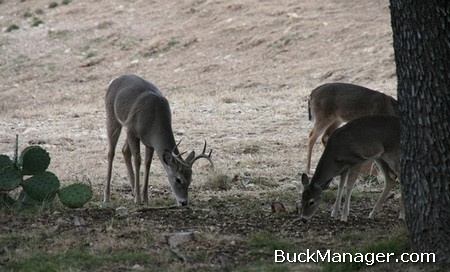
More variables = more unknowns. A higher number of variables makes it increasingly difficult to manage for a desired result. CWD has not shown to be the end all of whitetail populations in any area, but it is another variable that does negatively impact deer populations in areas where the disease is found. CWD can drastically reduce a local deer population, but not all animals necessarily die from the disease. In Texas, CWD monitoring has taken place for over a decade, but no positive samples have ever been found. That may be about to change.
Source: “The New Mexico Department of Game and Fish (NMDGF) has informed Texas officials that three mule deer harvested a few miles from the Texas border last hunting season have tested positive for Chronic Wasting Disease (CWD).
The deer were harvested in the Hueco Mountains, which extend into Texas northeast of El Paso in Hudspeth County. New Mexico has been monitoring annually for CWD since it was first discovered 10 years ago and this event is the closest to Texas that the disease has been detected. Texas also has had an active CWD surveillance program for the past decade, and CWD has not yet been detected in the state. However, state wildlife officials have been preparing for the possibility since 2002.
“While this finding is not a big surprise, we’re not going to ignore it,” said Mitch Lockwood, Big Game Program Director for the Texas Parks and Wildlife Department. “We are working with TPWD’s Wildlife Health Working Group to develop a more intensive strategy for sampling, and to determine the geographical extent of the disease if it is detected in Texas.”
The Wildlife Health Working Group is comprised of wildlife biologists, veterinarians and other animal-health experts from TPWD, Texas Animal Health Commission, Department of State Health Services, Texas A&M College of Veterinary Medicine, and USDA. The New Mexico Department of Game and Fish is also involved in the discussion.
While several thousand deer have been tested for CWD in Texas, wildlife officials express concern that the Trans Pecos region is underrepresented because of the very low number of deer and the relatively low deer harvest in that region. Samples are obtained from hunter-harvested deer, deer found dead on public roadways, and deer showing clinical symptoms. TPWD is determining how many more deer need to be sampled and deer hunters in the region could be asked for their assistance during the next hunting season.
“We are using disease models to determine the intensity of sampling that would be required to detect CWD in that deer population if it is present with a prevalence of at least two percent,” said Ryan Schoeneberg, Big Game Program Specialist with TPWD.
CWD was first recognized in 1967 in captive mule deer in Colorado and has also been documented in captive and/or free-ranging deer in nearly two dozen states and Canadian provinces, including New Mexico. Although fatal in deer, there is no evidence that CWD poses a risk to humans or livestock in the natural environment.
“It would be almost impossible to eradicate the disease once it becomes established in a population,” said Lockwood. “But, what we can do is manage the disease and minimize the risk of it spreading.”
CWD is a member of the group of diseases called transmissible spongiform encephalopathies (TSEs). Other diseases in this group include scrapie in sheep and goats, bovine spongiform encephalopathy (BSE or mad cow disease) in cattle, and Cruetzfeldt-Jakob disease in people. CWD is a progressive, fatal disease that affects deer, elk, moose, and other cervid species and there is no vaccine or other biological method that prevents it.”
